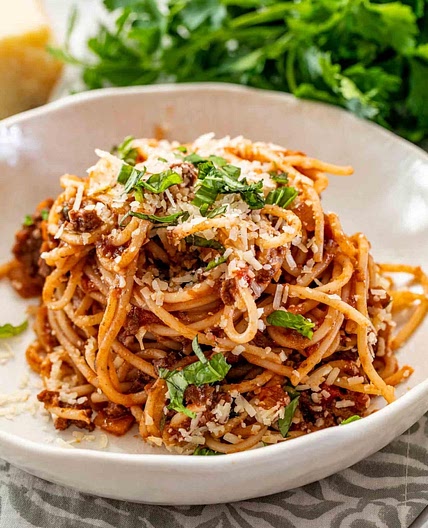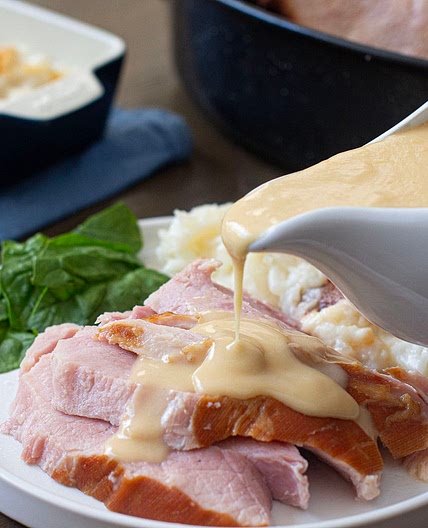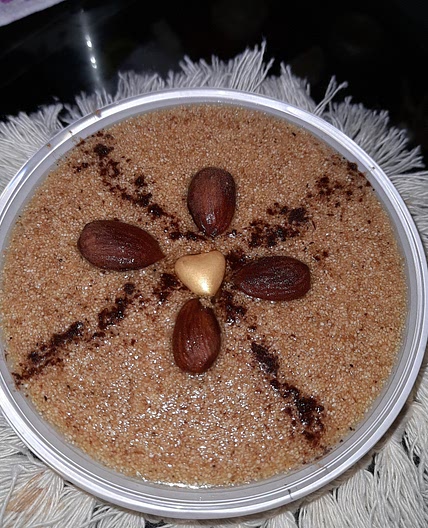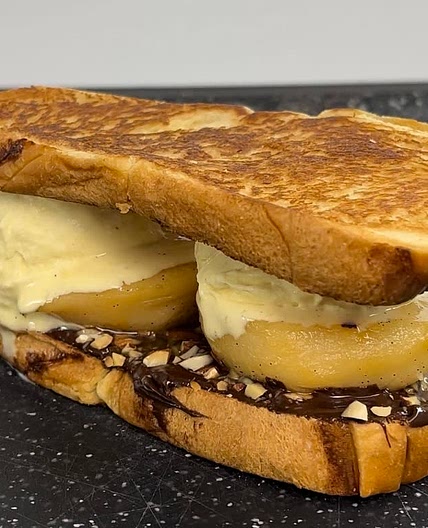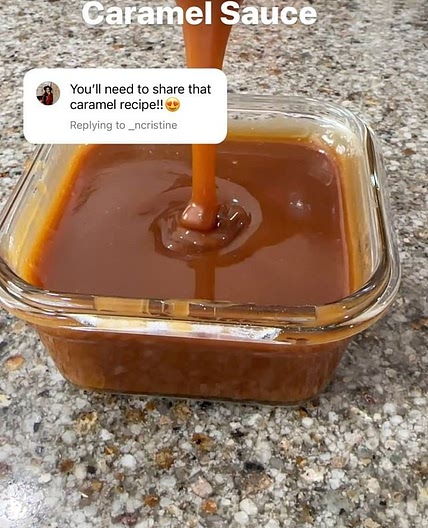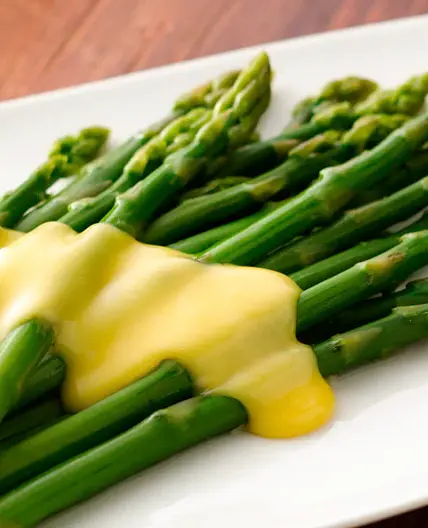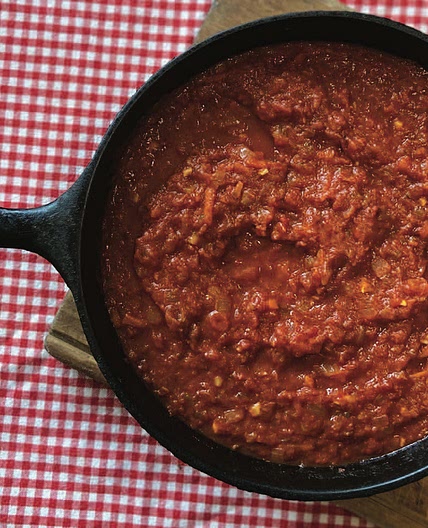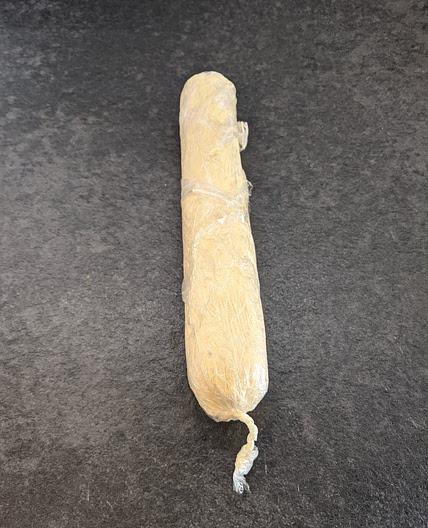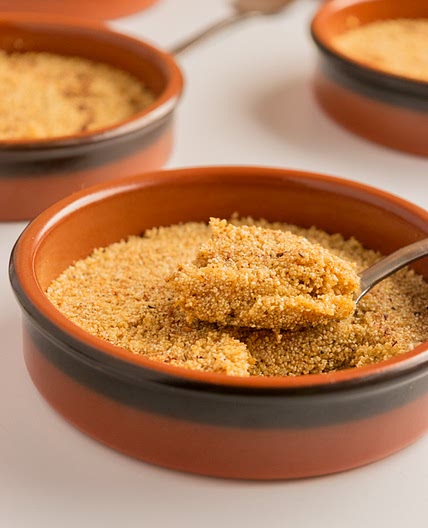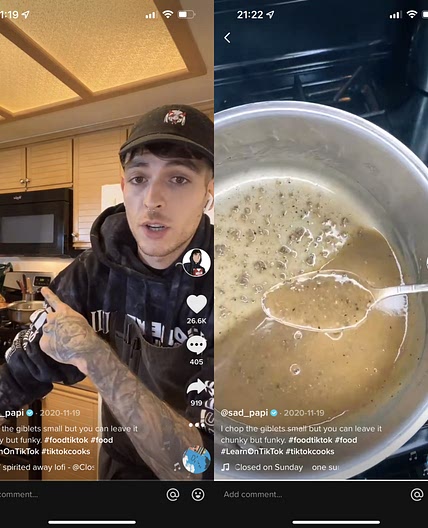By Kelly Scott
How to make Ghee
4 steps
Cook:30min
Ghee is when you simmer whole butter to the point where the milk solids, water, and fat separate and then the milk solids sink to the bottom and toast. It is the same as clarified butter, except in clarified butter we don't allow the milk solids to toast.
Ghee is great because it is a higher smoke point than butter, so you can cook at higher temperatures without allowing it to burn. It also has less lactose, so people who are sensitive to dairy usually can have ghee.
Updated at: Thu, 17 Aug 2023 07:39:28 GMT
Nutrition balance score
Unbalanced
Nutrition per serving
Calories254 kcal (13%)
Total Fat28.7 g (41%)
Carbs0 g (0%)
Sugars0 g (0%)
Protein0.3 g (1%)
Sodium3.9 mg (0%)
Fiber0 (0%)
% Daily Values based on a 2,000 calorie diet
Instructions
Step 1
Add all the butter to a large pot and turn on low heat. The butter will slowly melt and start to bubble. Bring up to a low simmer, make sure its not aggressively boiling.
Step 2
Keep at a simmer, you will see the butter goes through a few different phases, the foam will come to the top, then it will start clearing out, then it will form a crackly surface, and lastly it will start to look clear beneath the surface. This typically takes 20-30 minutes.
Step 3
Once the butter starts to look clear, you are near the end so watch it carefully. Allow for the majority of the milk solids to sink to the bottom and get toasted, lightly brown. Use a spoon to check for clarity of the butter and also look at the bottom of the pan for toastyness. Once it looks a little toasted, turn off the heat and cool for 10 minutes.
Step 4
Strain through a fine mesh strainer that is lined with cheesecloth. It will catch all of the milk solids and just leave you with the ghee which is pure fat. Store in a glass container at room temp. You may discard the milk solids or use for another purpose.
Notes
0 liked
0 disliked
There are no notes yet. Be the first to share your experience!

